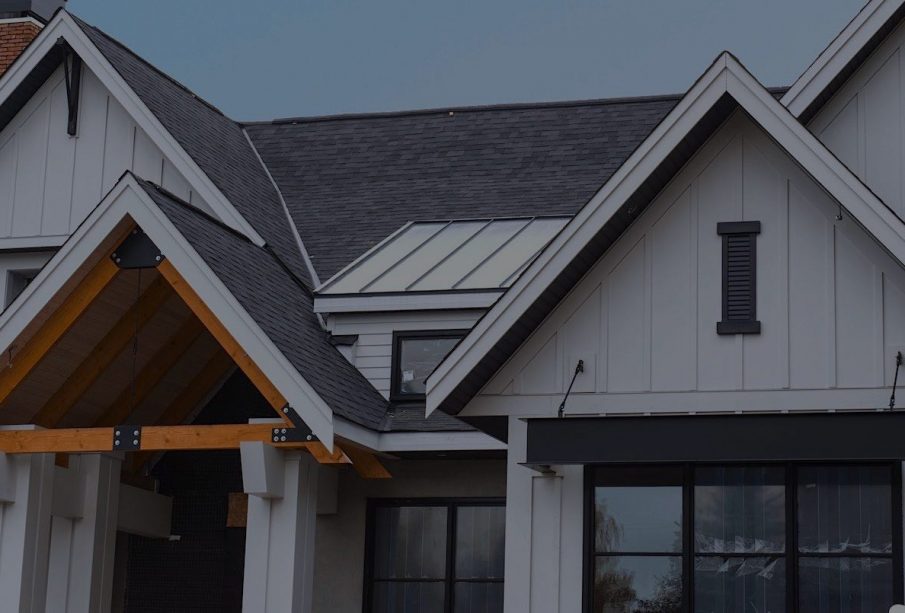What are the Different Types of Slope Roofing Systems?

The basic principle of slope roofing is the low slope roofing which is called high-tech roofing and the high slope roofing system which is called low-tech roofing. The roofing irrespective of its various characteristics must be able to protect you from water, wind, snow, heat and other natural calamities like earthquake etc. Contact Roof Star in order to support you in your roofing that will withstand every incident of natural hazards as well as effectively protect you from water, wind, snow, and heat on a long-term basis.
There are numerous types of slope roofing such as thatch roofing, stone or slate roofing, clay tile roofing, wood shingle roofing, asphalt shingle roofing and metal roofing. The thatch roofing is perhaps the oldest types of roofing evolved around human civilizations and still used very popularly in the contemporary modern era in million of structures across the world. The thatch roofing is basically made out of dried plant stems with a thickness of around 400 mm and using the highest sloping of up to 45 degrees.
The thickness is usually comprised of several layers of individual plant fibres and as waterfalls on them it trickles from layer to layer and pulled downward by the gravity. Therefore, the thickness, as well as the layers of the roofing of a thatch roof, a play key role to move the water drops horizontally outward from the structure before they enter a room. The high slope of a thatched roof helps the drops of water to move quickly downward out of the structure instead of falling inside the room. Therefore, the thatch roof is different from other roofs as other roofing systems usually have single watertight skins whereas the thatch roofing instead has several layers that are partially waterproof.
Another most popular slope roofing system in the contemporary period is the metal roofing which is widely used almost in every industrial structure as well as commercial and residential buildings. Various metals like mild steel, aluminium, stainless steel etc. are commonly used in metal roofing as these metals are light, strong, economical and above all highly or perfectly waterproof. However, steel roofing sheets should be adequately taken care to protect it from corrosion by galvanization or coatings of other protective layers. The steel roofing sheets come very thin of 0.5 mm and aluminium around 1 mm. Therefore, these sheets necessarily need to be insulated with other protective layers.
















